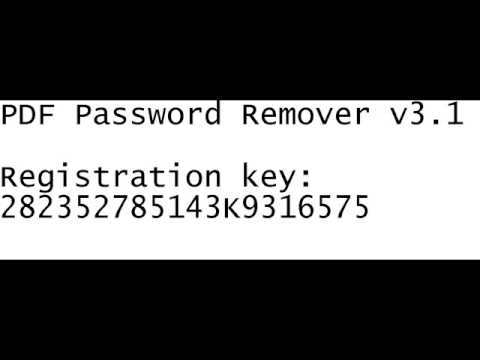
HDMI-to-VGA adapters (Opens in a new window), for example, only work in that direction-if you're trying to hook a VGA computer to a DVI monitor, you'll need a different type of active converter (Opens in a new window). If you're using adapters, those could be the culprit as well-either you have a faulty dongle, or you're using it in a way it wasn't intended to be used. Remember, not all cables are created equal: if you're trying to run a 4K display at a high refresh rate, you'll need an Ultra High Speed HDMI cable, rather than an older High Speed model. If you're using DisplayPort, make sure it's certified by VESA (Opens in a new window) for HDMI, it may have a certification label on the packaging you can scan with the HDMI Cable Certification app for iPhone (Opens in a new window) or Android (Opens in a new window).

In addition, make sure your cable has the right specs for the job. You might also try a different cable type-say, an HDMI cable instead of a DisplayPort cable-to see if that solves the issue. If you have any extra cables lying around, try another one-maybe the cable you’ve been using is damaged, or one of the ports is malfunctioning. If you have a graphics card, your monitor should be plugged into that, not the HDMI port on your motherboard. How to Set Up Two-Factor Authentication.How to Record the Screen on Your Windows PC or Mac.



 0 kommentar(er)
0 kommentar(er)
